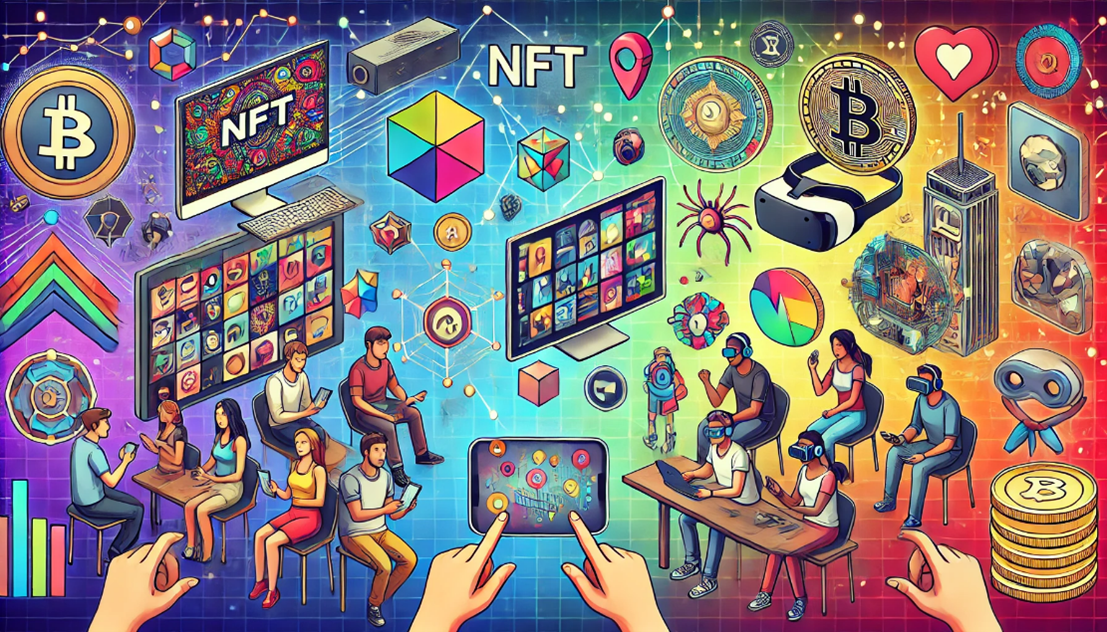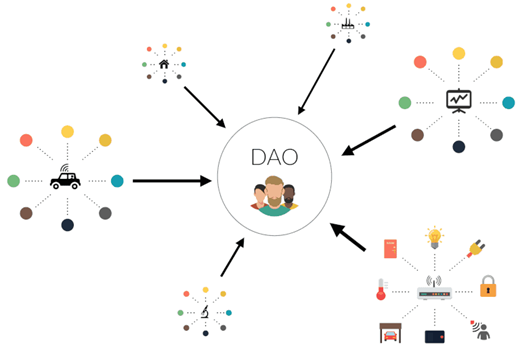Efforts to adopt eco-friendly blockchain solutions

Efforts to adopt eco-friendly blockchain solutions
by Maximilian 03:22pm Jan 15, 2025

Efforts to adopt eco-friendly blockchain solutions have gained significant attention as the environmental impact of blockchain technology, particularly proof-of-work (PoW) consensus mechanisms like those used by Bitcoin, has become a major concern. Here are some of the key efforts to make blockchain more sustainable:
1. Transition to Proof of Stake (PoS)
Ethereum 2.0: Ethereum, the second-largest blockchain by market cap, transitioned from PoW to PoS through its Ethereum 2.0 upgrade. This change drastically reduced its energy consumption. PoS is considered more eco-friendly because it does not rely on energy-intensive mining but instead uses validators who stake cryptocurrency to validate transactions and create new blocks.
Other Blockchains: Other blockchain platforms, such as Cardano, Polkadot, and Solana, use PoS or similar consensus mechanisms, which are much more energy-efficient than PoW.

2. Carbon-Neutral Blockchains
Algorand: Algorand is a PoS blockchain that has committed to being carbon-neutral. They offset their carbon emissions by purchasing carbon credits, and they actively work on environmental initiatives.
Tezos: Tezos is another blockchain that uses a PoS consensus mechanism and has taken steps toward environmental sustainability, including carbon offset programs.
3. Layer 2 Solutions
Scaling Solutions: Layer 2 protocols like Optimistic Rollups and zk-Rollups are being developed to handle transactions off-chain, reducing congestion and lowering the energy needed to process transactions on the main blockchain. These solutions can help reduce the overall energy consumption of blockchains like Ethereum while maintaining security and decentralization.
4. Energy-Efficient Mining
Green Mining Initiatives: For PoW blockchains, some mining operations are switching to renewable energy sources such as solar, wind, and hydroelectric power. For example, Bitcoin miners in regions with abundant renewable energy, like Iceland and Canada, are using clean energy to mine Bitcoin.
Proof of Space and Time (PoST): Protocols like Chia have introduced alternative mining systems, such as PoST, which uses hard drive storage instead of energy-hungry computations.

5. Blockchain for Environmental Impact Tracking
Sustainability Tracking: Blockchain is being used to track and verify environmental sustainability efforts. For instance, carbon credits can be recorded on the blockchain to provide transparency and reduce fraud in carbon trading markets.
Supply Chain Transparency: Blockchain can ensure transparency in the sourcing of raw materials, helping reduce environmental harm by making it easier to track the carbon footprint of goods and services.
6. Carbon Offset Programs
Many blockchain projects and cryptocurrency platforms are partnering with carbon offset organizations to neutralize their environmental impact. For example, crypto exchanges like Binance and Kraken have committed to purchasing carbon credits to offset the emissions associated with their operations.
7. Development of Green Protocols
Eco-Friendly Tokens: Some cryptocurrencies are designed to be environmentally conscious from the ground up. For example, the eco-friendly token SolarCoin is awarded to solar energy producers to encourage sustainable energy generation.
8. Research and Innovation
Research into more energy-efficient consensus mechanisms, such as Proof of Authority (PoA) and Delegated Proof of Stake (DPoS), continues to advance the development of eco-friendly blockchain technology.
Blockchain Interoperability: Efforts to create interoperable blockchains, where transactions and data can flow between different blockchain networks, may help reduce overall energy use by promoting efficiency.

Challenges and Future Directions
Adoption of Eco-Friendly Solutions: While the shift toward PoS and other sustainable blockchain solutions is promising, PoW blockchains like Bitcoin still dominate in market value and network security, and the transition to greener alternatives may take time.
Global Regulations and Standards: Governments and regulatory bodies are starting to push for more transparency regarding the environmental impact of blockchain operations. Setting global standards for sustainability in blockchain development could accelerate the transition to greener solutions.






